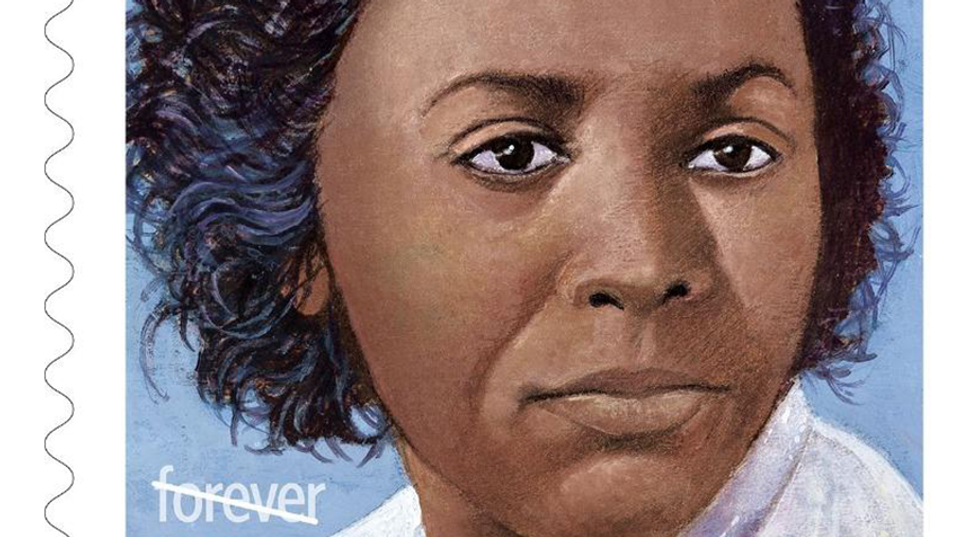Copied
Edmonia Lewis, The Death of Cleopatra, carved 1876, marble, 63 x 31 1⁄4 x 46 in. (160.0 x 79.4 x 116.8 cm.), Smithsonian American Art Museum, Gift of the Historical Society of Forest Park, Illinois, 1994.17
Free to use
Copied
Artwork Details
- Title
- The Death of Cleopatra
- Artist
- Date
- carved 1876
- Location
- Not on view
- Dimensions
- 63 x 31 1⁄4 x 46 in. (160.0 x 79.4 x 116.8 cm.)
- Credit Line
- Gift of the Historical Society of Forest Park, Illinois
- Mediums
- Mediums Description
- marble
- Classifications
- Highlights
- Subjects
- Figure female — full length
- Animal — reptile — snake
- Egyptian
- Portrait female — Cleopatra
- State of being — death — suicide
- History — ancient — Egypt
- Object Number
- 1994.17
Artwork Description
Related Posts

Women Artists01/13/2022
Celebrating the renowned artist with a comic about her life and work

Howard Kaplan
Writer

From the Collection01/21/2022
Explore the life and work of this groundbreaking American sculptor
Amy Fox
Social Media and Digital Content Specialist














